 In the dead of night, Burma's security forces are hunting down pro-democracy protesters in Rangoon, checking on residents and pulling people out of their homes.
In the dead of night, Burma's security forces are hunting down pro-democracy protesters in Rangoon, checking on residents and pulling people out of their homes.Residents say military trucks patrol neighborhood streets during the night with loudspeakers broadcasting warnings: "We have photographs. We are going to make arrests!"
Meanwhile, the UN Human Rights Council meeting in Geneva condemned "violent repression" in Burma and called on the junta to allow its investigator to visit for the first time in four years.
"Light must absolutely be shed on what happened," Paulo Sergio Pinheiro, the UN special rapporteur for human rights in Burma, told the council, which adopted a resolution by the EU deploring the killings, beatings and detentions.
"We are deeply concerned by the fate of thousands of peaceful demonstrators who have been arrested," Pinheiro said.
In Burma, figures on the number of dead, injured, disappeared or arrested varying widely depending on who is reporting the numbers.
While the official government figure for dead and injured demonstrators in Rangoon is 10 dead and 11 injured, two leading advocacy groups say the number of dead nationwide is probably at least 130 and people imprisoned during the course of the protests could exceed 3,000.
"According to hospital sources, witnesses and members of the Union Solidarity and Development Association, we concluded that the death toll reached 130 on September 30," Nilar Thein, a leading activist of the 88 Generation Students who is in hiding, told The Irrawaddy by phone on Wednesday.
The opposition group said at least 2,000 people—including 135 women and nuns; 80 elderly monks and 50 novice monks believed to be age 5 to10—are detained in a windowless building on the campus of the Government Technical Institute in Insein Township in Rangoon alone.
Tate Naing, the secretary of Thai-Burmese border-based Assistance Association for Political Prisoners (AAPP), said the group is concerned by reports that detainees were being moved to a new location—two police battalions based in Hmawbi Township on the outskirts of Rangoon.
"We are very concerned about the reports we received now," Tate Naing said. "Unconfirmed reports are saying that some detainees have even been moved to the hard labor camps outside of Rangoon."
"We also are gravely concerned about the conditions of detention. We believe that many of the detainees sustained injuries during the demonstrations, but they are not being provided proper medical attention," the AAPP said. "All those being held are not given enough food or water, and many are kept in crowded facilities where the spread of disease is likely."
The main detention locations are believed to Rangoon's notorious Insein Prison; the Government Technical Institute in Insein Township, near Insein Prison; Kyaikkasan Stadium in eastern Rangoon; and two police battalions based in Hmawbi Township, located on the outskirts of Rangoon.
On Wednesday, the junta released 80 monks and 149 women believed to be nuns who were rounded up last week in a crackdown.
In one of the first sinister descriptions of the detention process, a relative of three released women told Reuters that people being interrogated were divided into four categories: passers-by; those who watched; those who applauded and those who joined in demonstrations.
One of the freed monks told the news agency that the monks were held at a government technical institute in northern Rangoon's Insein Township and subjected to verbal—but not physical—abuse during interrogations.
Meanwhile, residents living near monasteries in Rangoon are on alert in an effort to counter the roundup raids by soldiers.
"We have asked the monks to make noise if the security forces surround the monastery," a Rangoon resident said. "Then we can gather to confront the soldiers."
On Tuesday, Buddhist faithful prayed and touched their foreheads on the ground at one shrine in downtown Rangoon while two dozen soldiers patrolled outside. But there were no barricades along the street and stores were open even in the late afternoon. Rangoon and Mandalay are under a dusk to dawn curfew.
http://www.irrawaddy.org/article.php?art_id=8869















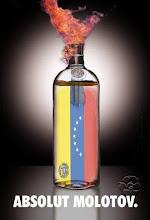

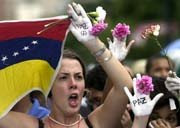



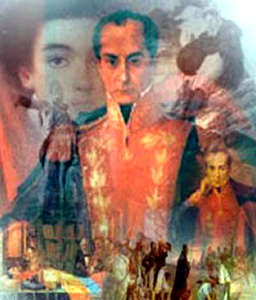
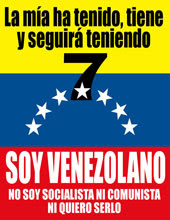
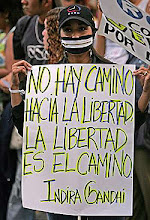




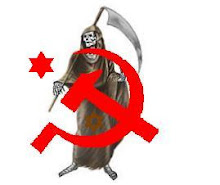
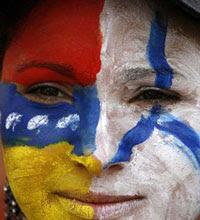
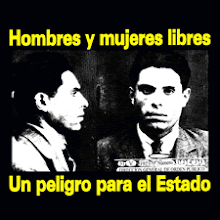






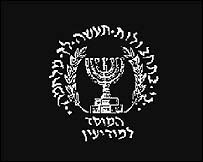

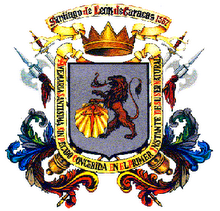






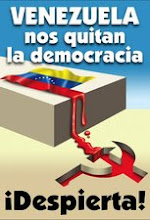





























No hay comentarios:
Publicar un comentario